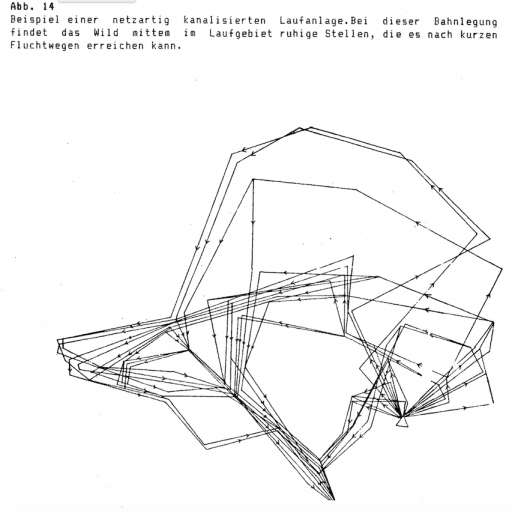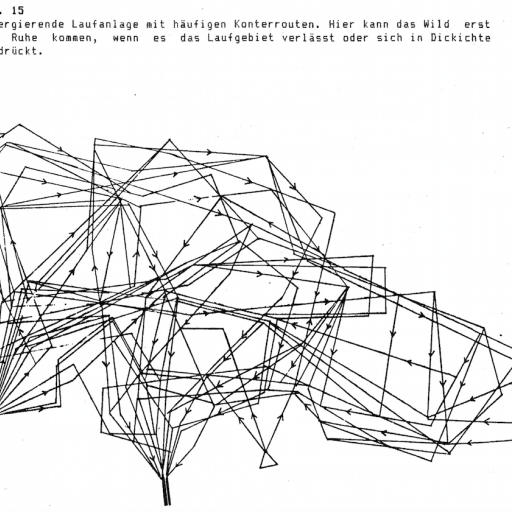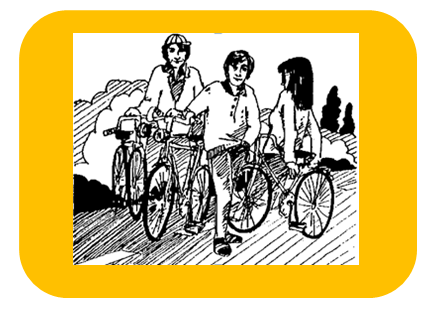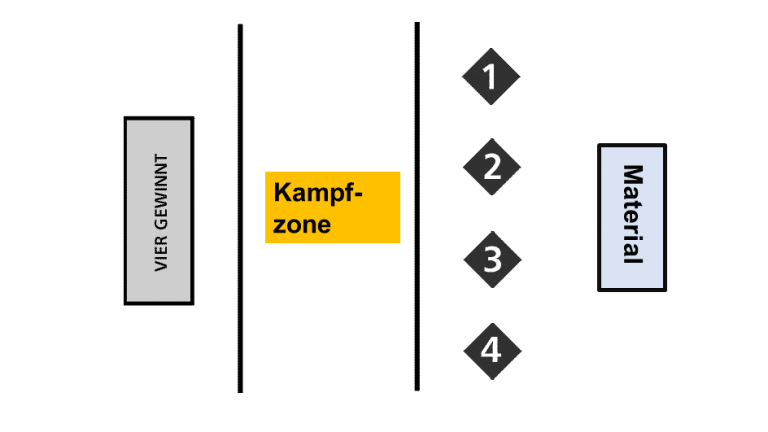Four different viewpoints on orienteering:
- Wildlife and bird species in contact with orienteers
- Sensitive terrain areas
- Consequences for course layout
- Ecological orienteering calendar
Introduction
In the last few years, the environmental compatibility of orienteering has been examined thoroughly. Certainly, the natural sport of orienteering is not a threat to nature on its own. But in chorus with the many other forest users it is a factor that should not be overlooked. This paper wants to give the Y+S leader hints on how to avoid endangering flora and fauna.
This writing is divided into four articles:
1. Wildlife and bird species in contact with orienteers
2. Sensitive terrain areas
3. Implications for course layout
4. Ecological orienteering calendar
The first two cover wildlife biology and ecological basics. The last two articles contain the actual "morals and benefits" application from this. Various map examples, especially in the article "Consequences for Trail Laying," underscore key messages of the text. Varied fair post locations form the basic framework of every orienteering course. The actual mental challenge, however, is found in the route selection problems posed to the runner and in the orienteering requirements of a route itself. Scenic approach routes to the start and finish and their location round off an orienteering experience. From an ecological point of view, it is now necessary to compare routes, post locations, start and finish sites with the conservation objectives set out in the articles:
- Wildlife and bird species in contact with the orienteer
- Susceptible terrain areas
were addressed, in harmony. The course layout offers the best possibilities for this. The responsibility of the track layer is correspondingly great.
An essential basis for the elaboration of the present document was, among others, the brochure "Der OL-Läufer als Waldbenützer" (The orienteer as forest user) presented by the working group "Waldbenützung" of the Swiss Orienteering Federation in 1982.
Concluding remarks
Working through these articles alone cannot be enough to turn the nature sport orienteering into a "nature protection sport". Only those who learn to experience and understand nature can protect and respect it. Especially orienteering Y+S leaders with their young athletes have the best possibilities to do so. A supporting programme to the sports course with game and bird watching, forest walks together with foresters, hunters, ornithologists and biologists is able to enrich and inspire young people.
For their own further training, Y+S leaders have access to a well-developed range of courses offered by nature conservation organisations and a wide variety of specialist literature. Personal involvement in such an organisation can also contribute a great deal to ecological understanding.
Whenever planning endurance tests and specialist sports courses, it is advisable to contact the supervisor expert as early as possible. This person can help with open questions about forest use and provide contact addresses for hunters, foresters, biologists, ecologists, ornithologists, nature conservation offices and organizations.
Source reference:
Content: Herbert Bühl, Y+S expert, Schaffhausen Youth and Sport, 1986, Brochure on the Leader's Handbook
copyright: ESSM, Magglingen, www.ehsm.ch
Content may be automatically translated. Help improve the quality of the translation with your editing!





